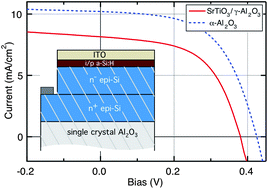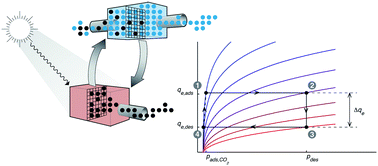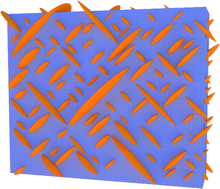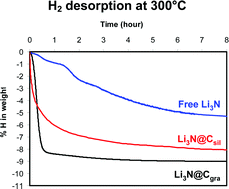Lithium–air batteries’ discharge rates can be increased substantially by using perfluorinated compounds as oxygen carriers, say scientists from the US. They were inspired to make oxygen carriers similar to artificial blood substitutes.
One of the challenges of making Li–air batteries viable is down to increasing oxygen solubility and diffusion coefficient, which should increase the discharge rate.
The perfluorinated compounds increase the oxygen’s solubility in non-aqueous electrolytes, which leads to an increase in the diffusion-limited current of oxygen reduction on the gas diffusion electrode in the battery.
A 5 mA.cm-2 discharge rate was achieved, an improvement over previous devices, which were limited to 0.01–5 mA.cm-2.
Reference:
High Rate Oxygen Reduction in Non-aqueous Electrolyte with the Addition of Perfluorinated Additives
Y Wang, D Zheng, X-Q Yang and D Qu,
Energy Environ. Sci., 2011, DOI: 10.1039/c1ee01556g













 Read the Energy & Environmental Science paper:
Read the Energy & Environmental Science paper: